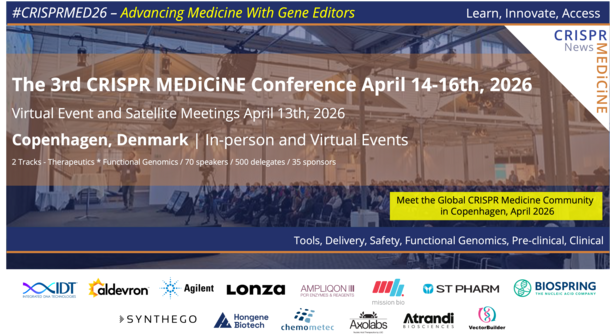T-cell acute lymphoblastic leukaemia (T-ALL) is a type of acute leukaemia meaning that it is aggressive and progresses quickly. It affects the lymphoid-cell-producing stem cells, in paticular a type of white blood cell called T lymphocytes as opposed to acute lymphoblastic leukaemia (ALL) which commonly affects B lymphocytes. A lymphoid stem cell becomes a lymphoblast cell and then one of three types of lymphocytes (white blood cells):
- B lymphocytes that make antibodies to help fight infection.
- T lymphocytes that help B lymphocytes make the antibodies that help fight infection.
- Natural killer cells that attack cancer cells and viruses.
There are no specific signs or symptoms which would allow a diagnosis of T-ALL to be made. The most common signs and symptoms are caused by the bone marrow being unable to produce enough normal blood cells. T-ALL often causes swolen lymph nodes in the middle part of the chest (mediastinum) which may affect breathing or the circulation. The results of a simple blood count will usually indicate leukaemia although, rarely, a blood count may be normal. Virtually all patients with T-ALL will have bone marrow samples taken to confirm the diagnosis and to help to determine exactly what type of leukaemia a patient has.
The main ways in which leukaemia is treated are:
- Chemotherapy – Cell-killing drugs. Steroids are normally used along with chemotherapy for T-ALL
- Radiation therapy – Usually only given as part of a stem cell transplant in T-ALL
- Stem cell transplant – Younger/fitter patients may be given a stem cell transplant (bone marrow transplant). This is done using healthy stem cells from a donor. This is also done for T-ALL if chemotherapy does not cure the disease.
Lymphoblastic lymphoma is an aggressive form of non-Hodgkin lymphoma that accounts for approximately 2% of all non-Hodgkin lymphomas. It usually develops from T-lymphocytes but can occasionally develop from B-lymphocytes.
People with this condition typically experience painless swelling in the neck, armpit, or groin caused by enlarged lymph nodes. In 50-75% of cases, a central chest mass develops which may cause difficulty breathing and chest pain. Other symptoms include fatigue, loss of appetite, weight loss, night sweats, and unexplained fevers.
Lymphoblastic lymphoma primarily affects younger individuals, being most common in people under 35 years of age, with peak diagnosis at 20 years. It is slightly more common in men than women. Whilst the exact causes are unknown, risk factors include exposure to radiation or pesticides and immunosuppression.
Treatment involves intensive chemotherapy divided into induction, consolidation, and maintenance phases, with additional treatments such as radiotherapy and stem cell transplantation used in selected cases.
Source (for lymphoblastic lymphoma): Leukaemia Foundation
